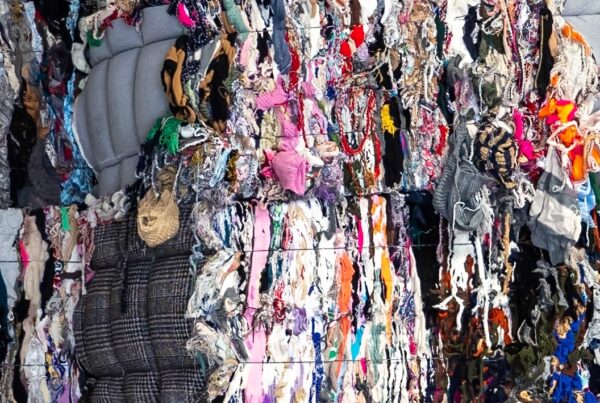More and more clothing brands are promoting the use of recycled materials as part of their sustainability strategy. Processing textile waste into new fibers can indeed reduce the demand for new raw materials and also helps prevent the enormous mountain of discarded clothing from ending up in landfills or being incinerated. But what do we actually know about textile recycling? Who does this work—and under what conditions?
Arisa’s new publication, The human cost of textile recycling: Case study India, sheds light on the reality behind textile recycling in India. This country has a large recycling industry that processes both industrial textile waste and second-hand clothing imported from all over the world. These waste streams are used to produce new yarns that are reused in the production of clothing and other textiles.
Textile recycling has a human side that often remains out of sight. The people who sort and process textile waste often work in informal conditions, for low wages, with long working hours and significant health risks.
Read the publication here to learn more about the hidden side of textile recycling and the people who do this work.
This publication is part of a mini-series on textile recycling. Earlier this year, The Fast Fashion Waste Mountain was published, focusing on the growing mountain of clothing waste and its journey from collection to reuse, recycling, and landfill. More publications will follow later this year.


